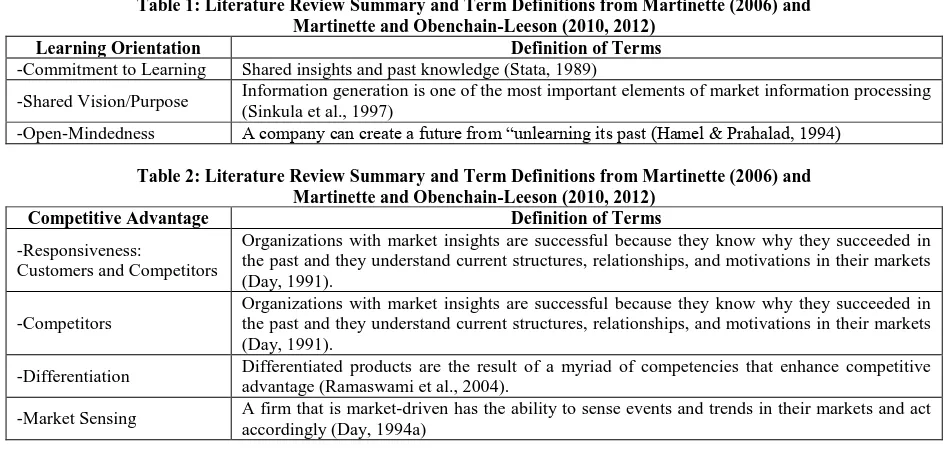Relationship Between Learning Orientation And Business Performance And The Moderating Effect Of Competitive Advantage: An Accounting Services Firms Perspective
Full text
Figure



Related documents
For in vivo distribution studies, pegylated and nonpegylated nanoparticles were prepared with polymer mixtures containing PBLG-fluorescein isothiocyanate and imaged by
ﻲﻧوﺮﺑ تﻼﻜﺸﻣ ﻲﻠﺻا هوﺮﮔ ود ﻪﺑ ﻞﺻا رد نﺎﻛدﻮﻛ و يزﺎﺳ.. ﻲﻧورد ﺳ ﻲﻣ ﻢﻴﺴﻘﺗ يزﺎ ﺪﻧﻮﺷ. لﺎـﻤﺘﺣا
This is highlighted by a recent online survey in which 122 infectious diseases physicians in Australia and New Zealand were asked to rank the research studies of great- est
The preamble in express language states that the People of India, in exercise of their sovereign will, have solemnly resolved to constitute India into a Sovereign
AE: Adverse event; AIS: Abbreviated injury severity score; ANZIC-RC: Australian and New Zealand Intensive Care Research Centre; APACHE II: Acute Physiology and Chronic Health
Participants are issued with the following: (i) a LASER diary for daily recording of overnight device use (hours,) additional device use (hours,) time off work as a result of
In our study, consumption of high zinc biofortified wheat flour for 6 months compared to low zinc bioforti- fied wheat resulted in statistically significant reduction in days
Twenty-five percent of our respondents listed unilateral hearing loss as an indication for BAHA im- plantation, and only 17% routinely offered this treatment to children with